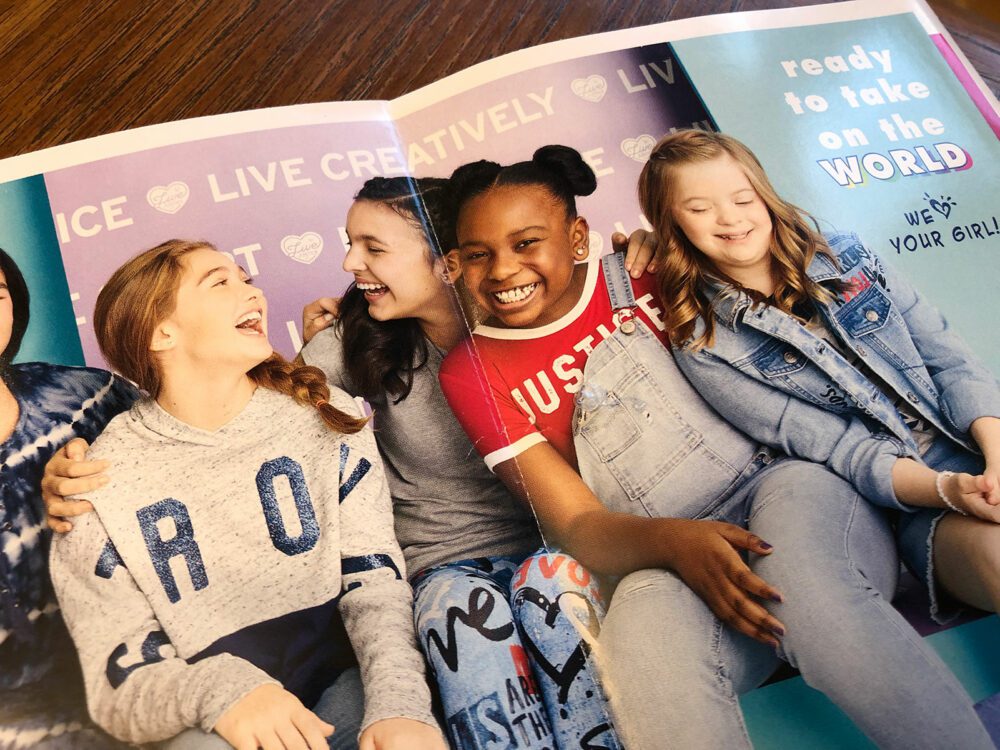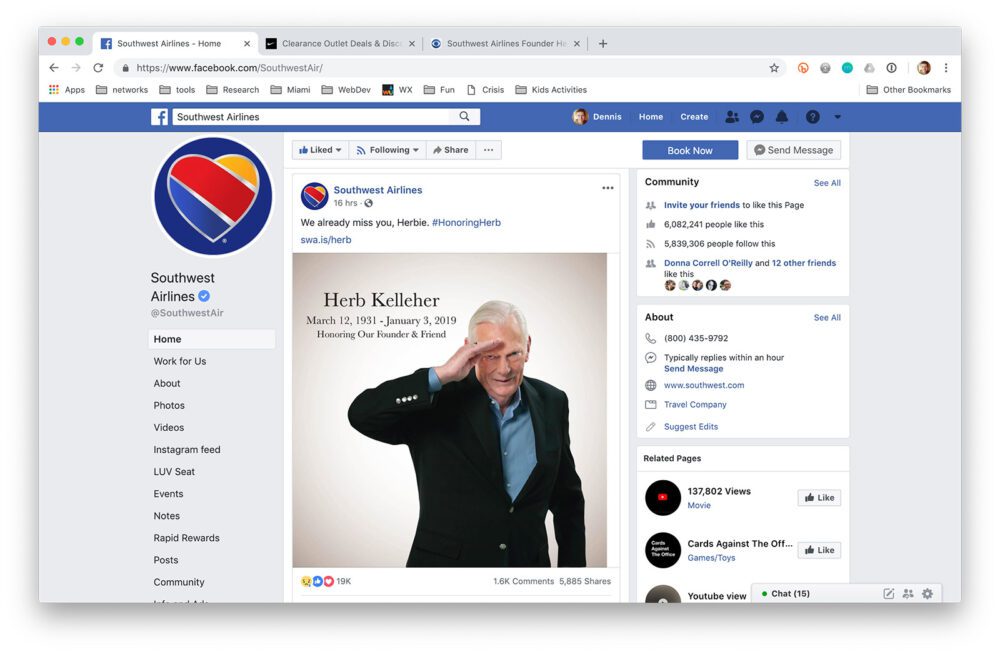I have always been astounded by creation—how designers know what to make and how to design it to achieve a purpose. The process can feel like magic (Kolko, 2011). So many variables come together when people make things that are used, and even more variables are involved when we make things that should evoke an experience in people.
When we research in the field, what do we look for to inform our design when there’s so much happening in a context? How do we know what to make, how it should function, and what it should look and feel like? What do we need to know about the people who will use the things we create?
With any degree of certainty, can we create something supporting a rich experience that people will value?
These questions sparked my research to discover essential factors that comprise scenes where people use products, services, and systems. Not only did I want to know what designers said about these experiences, but I also wanted to know what psychologists, philosophers, anthropologists, artists, physicists, and poets said about them. I wanted to know what they say an experience is.
I wanted to learn the full vocabulary of details that make up people’s experiences when using design.
All this was so I could understand how to create, research, and teach experience design—an approach to designing considering a person’s complete experience as the impetus for design. For example…

How we design services like Zion National Park’s shuttle service that reduces environmental impact and improves visitors’ engagement with the canyon because auto traffic is eliminated.

How designers can create materials that tell the story of an inclusive world of people like this mailer by Justice that includes girls with Down syndrome.

How thoughtful touches and messages of care and concern belong in design. When Southwest Airlines founder Herb Kelleher died in 2019, Southwest employees personally responded to every condolence post on the airline’s Facebook page.
“I’ve learned that people will forget what you said, people will forget what you did, but people will never forget how you made them feel.” ― Maya Angelou
I wanted to know how designers of all kinds can research and create outcomes that make people feel.
The Experience Design Mindset
Designers take on a mindset when they research for design and create outcomes. A traditional design mindset emphasizes the designed product as a driver for design. Designers with this mindset sometimes consider how usable their product will be but are often most concerned about making a desirable “thing.” A user experience mindset shifts the focus to use. Designers who hold this mindset measure success by how effectively the intended person or people group could use the outcome. Both the traditional and user experience mindsets stop short of considering the entire scene—the complete tangible and intangible experience—when people use design.
An experience design mindset embraces the complexity of design scenes that involve contexts, people, and objects (any designed outcome). When a designer with an experience design mindset researches people, they want to know a person’s physical and emotional states and cultural background. These designers examine scenes at different levels, using different lenses that reveal unarticulated needs and opportunities for design to meet these needs to facilitate meaningful experiences. When experience designers create, they select materials and processes and seek to trigger senses to facilitate an emotional response while still helping a person achieve their goal.
Assembling a Lexicon: Experience Design Factors
As it turns out, experts in business, design, social, natural, and formal sciences, philosophy, and art had a lot to say about experiences. Some talked specifically about design’s role in creating experiences. Others explored what it means to experience. After two years of development and three more years of testing and refinement, a lexicon coalesced—Experience Design Factors (XDF)—60 factors representing matters that affect people’s experiences when using design. These factors highlight observable and unobservable qualities and behavior.
Context
Physical spaces, ideas, and prevailing attitudes that surround people’s experiences. Eleven factors focus on matters of context.
People
People, in all their glorious and diverse detail, who use products, services, and systems. Twenty-six address factors of people, both as individuals and as relational beings.
Design
Any designed outcome. Eleven factors detail matters regarding how products, services, and systems are made, how they work, and what they mean.
Pages on this website share each factor in detail.
Using Experience Design Factors
XDF was created to be used. Yes, it’s fun to taxonomize and map things to gain greater understanding—I’m a big fan. However, XDF is designed as a tool to complete activities and accomplish goals.
Experience Design Factors for Research
Experience designers often conduct field research to discover peoples’ needs, values, and preferences for design. This work involves observations, interviews, and surveys to gain insights. XDF helps guide research into contexts, people, and design—helping researchers use a wide range of lenses when they study experience design scenes.
Experience Design Factors for Designing
Experience Design is media-agnostic. Designers do not assume that an app or a service will be designed from the start. Instead, they identify what feelings and experiences should be facilitated, and then they select what types of design outcomes would best achieve these goals. XDF helps designers consider a wide range of people’s real and perceived sensations and how outcomes can be designed to make them happen.
Experience Design Factors for Teaching
Traditional design privileges the artifact—a poster, a typeface, an app—as the impetus of the design process. Emphasizing artifacts often means that peoples’ uniqueness and contextual factors can be neglected. Experience design expands the concerns for design beyond the artifact and usability. XDF helps educators and learners consider a broad spectrum of factors that shape people’s experiences and design in experience design scenes.